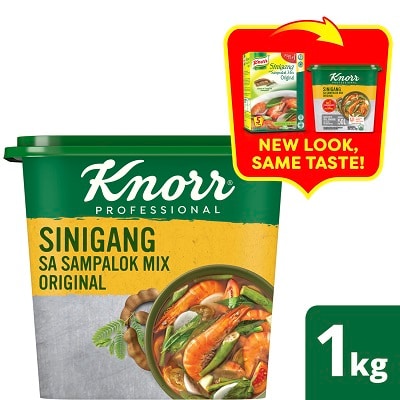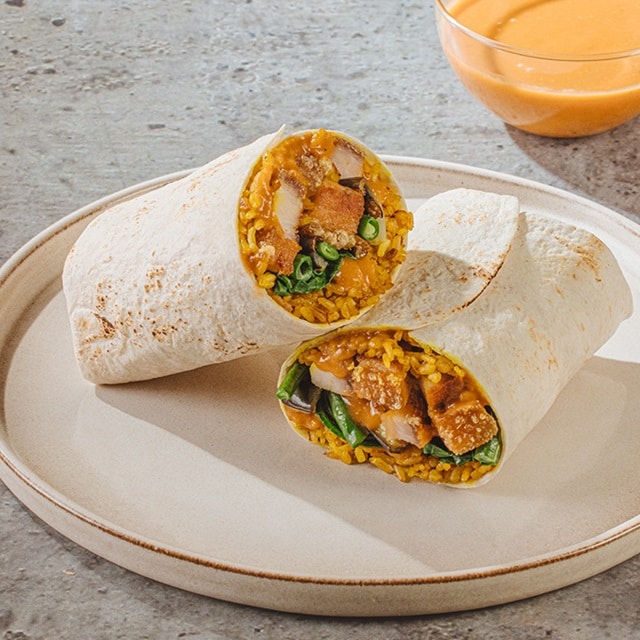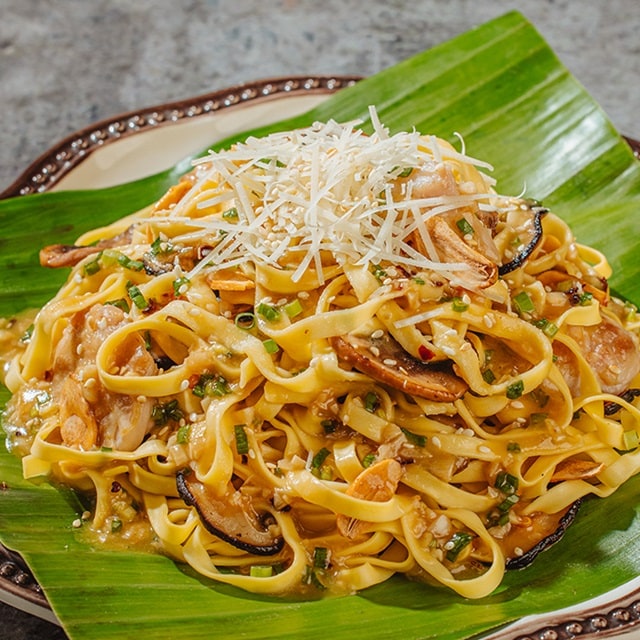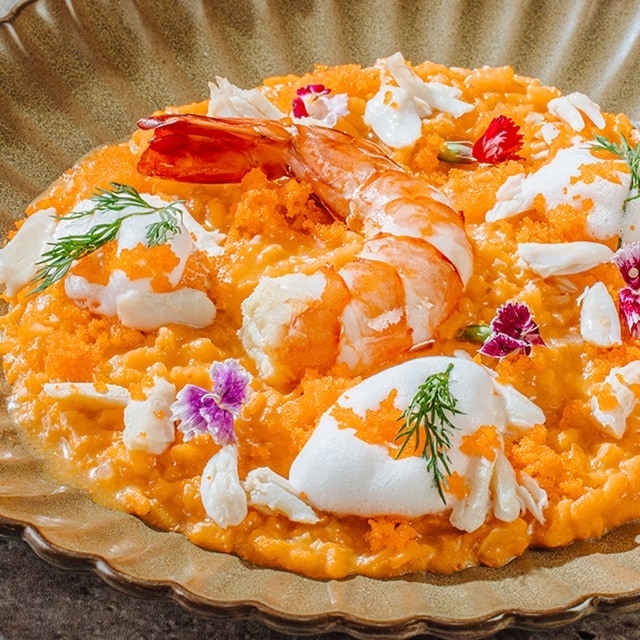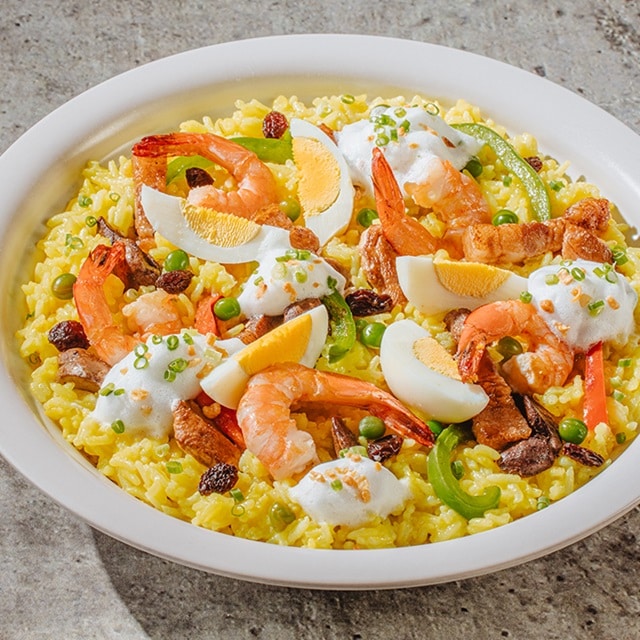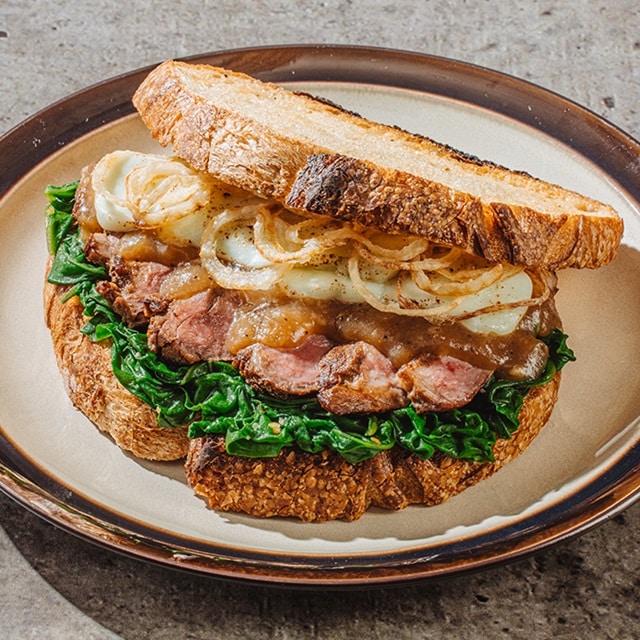Food fusion is evolving in 2025, moving beyond novelty-driven combinations. Today, the trend emphasizes blending elements from diverse cuisines to create authentic, new flavors.
This rise of "Borderless Cuisine" is driven by globalization, migration, and the breakdown of cultural barriers. And as travel becomes more accessible, global culinary influences are now readily available for exploration and innovation. Discover how you can embrace this trend, the factors behind its rise, and how to incorporate it into your R&D.
What Is Borderless Cuisine?
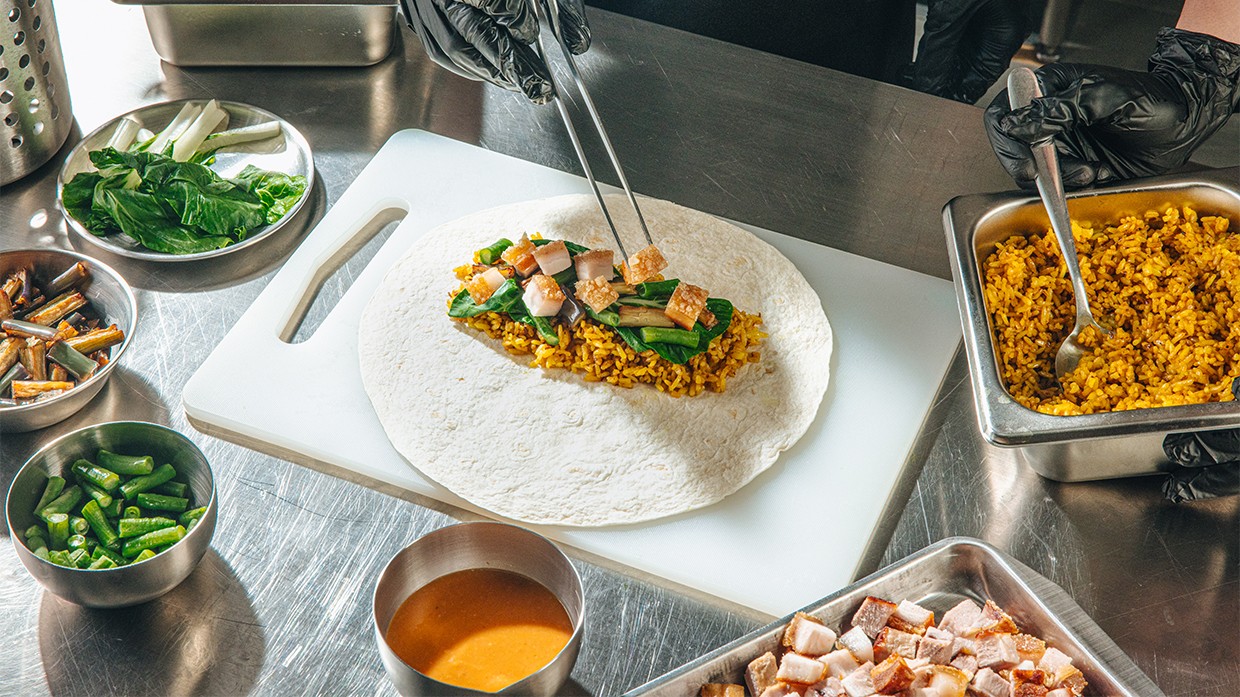
Borderless Cuisine intentionally blends diverse culinary traditions to craft unique dining experiences. Unlike typical food fusion, this trend respects the origins of ingredients and techniques, resulting in dishes that are innovative yet deeply rooted in cultural heritage.
This approach avoids gimmickry and celebrates authenticity. For example, kinilaw should use freshly caught fish, cured with native vinegar, and balanced with aromatics. It shouldn’t involve complex modern elements that detract from its simplicity. With ube, the focus is on highlighting its earthy sweetness and creamy texture. Instead of using it just for its color or trend appeal, it’s about showcasing its true flavor.
What is fusion food today? It creatively combines flavors, ingredients, and techniques from different cultures, creating dishes that honor tradition while offering fresh, exciting new interpretations.
An example of Filipino food fusion is the lechon kawali kare-kare burrito, combining crispy pork belly and peanut sauce made with Lady’s Choice Peanut Butter, paired with turmeric rice and wrapped like a burrito. You can also try an open-faced bistek sandwich, inspired by the classic Philly cheesesteak. Or serve garlic butter pancit, seasoned with Knorr Chicken Broth Base and Knorr Oyster Sauce for a rich, savory twist.
How Borderless Cuisine Is Shifting Food Fusions
Borderless Cuisine marks a shift in food fusion, driven by cross-cultural chefs and diners’ desire for authentic experiences.
1. From novelty to respect to heritage
Early fusion (late '90s) often combined elements without regard for their cultural origins, using ingredients and techniques without regard for their proper use or significance. As long as it seemed creative and fun, even if it veered away from authenticity, chefs would do it. This approach often leaned into appropriation, borrowing from cultures without respect or acknowledgment, reducing traditions to mere trends and erasing their deeper narratives.
Now, chefs are more knowledgeable about the principles and traditions of the cuisines they merge, creating dishes that honor and highlight each cuisine’s unique aspects.
2. From exotic to locally sourced ingredients
Previously, fusion cuisine created novelty by using “exotic” ingredients. Today, chefs prioritize locally sourced ingredients, highlighting quality, freshness, and sustainability.
3. From simple mixing to bold innovation
Fusion cuisine once focused on straightforward mixing of ingredients and methods. Now, there's a greater emphasis on combining traditional techniques with modern culinary innovations to craft new textures and flavors.
Food Fusion Examples and Regional Adaptations of Borderless Cuisine
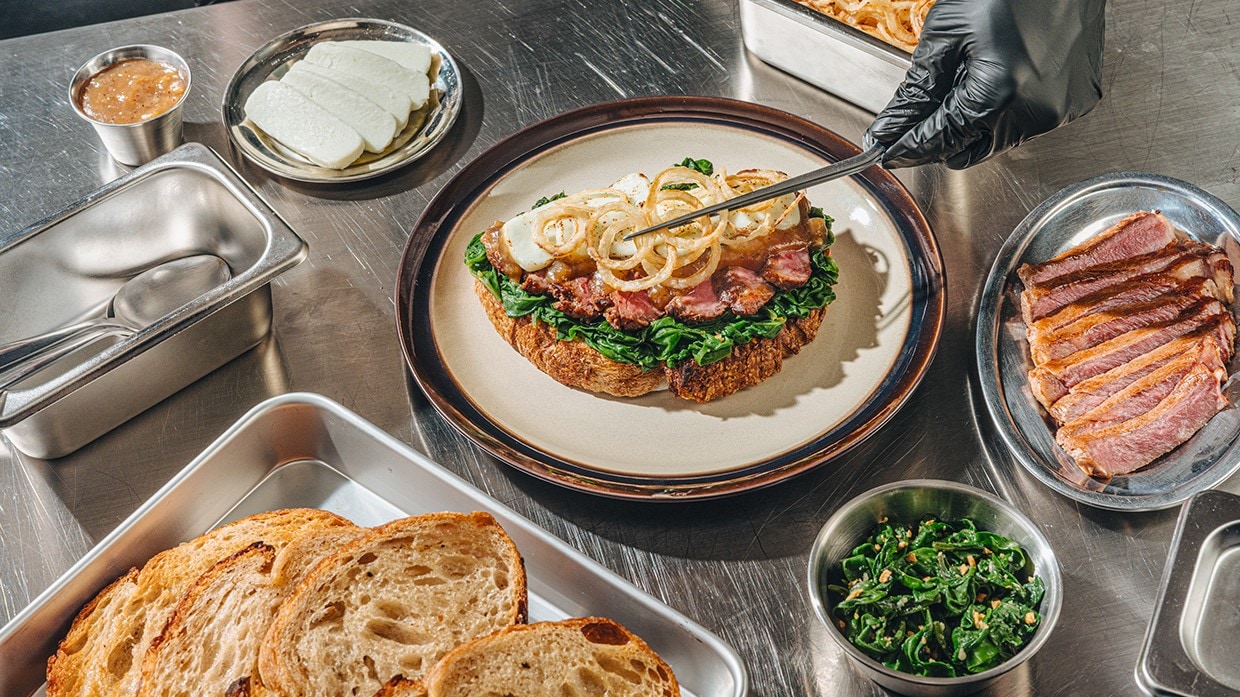
Borderless Cuisine is making waves across the globe, redefining culinary boundaries. A prime example is the popularity of #FusionSushi on social media. Chefs and home cooks showcase creative combinations of traditional sushi elements with non-Japanese ingredients and techniques, resulting in visually stunning and palate-pleasing dishes.
Meanwhile, shows like Taste the Nation with Padma Lakshmi explore America’s diverse culinary landscape, highlighting how immigrant cultures have fused with local cuisines. Similarly, Netflix’s The Final Table features international chefs blending different culinary traditions to craft innovative dishes, demonstrating the global appeal of Borderless Cuisine.
The rising trend of third-culture cooking videos and cookbooks, rooted in a deep respect for cultural origins, is also reshaping the way people eat. This movement, often termed “third-culture cooking,” is seen as a natural evolution rather than just fusion.
TikTok star Jon Kung describes it well: “The third-culture experience is very special because it’s not bound by ethnicity or culture but by the person’s lived experience. It doesn’t matter if you are Chinese, Indian, or Nigerian. How we blend things is usually informed by a place of love and nostalgia.”
Here are some examples of Borderless Cuisine around the world:
- Brazil: Chefs like Giovanna Perrone integrate global cuisines into their menus while using local Brazilian ingredients, creating dishes that are regionally rooted.
- China: Chefs like Chris Zhong incorporate Chinese ingredients like Yuba in cross-cultural dishes.
- Singapore: Bon Broth elevates the hotpot experience by combining the styles of French bone broth and Chinese double-boiled soups. This concept, spearheaded by Taiwanese chef Andre Chiang, showcases the creative fusion of different culinary techniques and traditions.
Factors Driving the Borderless Cuisine Trend
Borderless Cuisine is driven by a combination of societal and cultural influences, including:
- Globalization and migration
- Second-generation chefs paying homage to their diverse food influences through innovative combinations
- Expanded social media visibility of global cuisines and dishes
- A consumer preference for authenticity in culinary discovery rather than mere novelty
- A growing desire for storytelling and meaning behind culinary combinations
- The role of AI in enhancing culinary creativity and blending diverse food traditions
How to Adapt to the Borderless Cuisine Trend
Push boundaries and incorporate this trend into your business, regardless of type or size:
- Quick service restaurants (QSRs): Elevate local cuisine by introducing even a single global ingredient that appeals to the market.
- Casual dining: Offer a variety of modernized dishes influenced by travel and cultural experiences.
- Fine dining: Draw inspiration from your chefs’ upbringing, background, and international influences.
Recommended Fusions, Techniques, and Ingredients for Borderless Cuisine

To fully embrace Borderless Cuisine, enhance your menu with these fusion ideas, techniques, and ingredients.
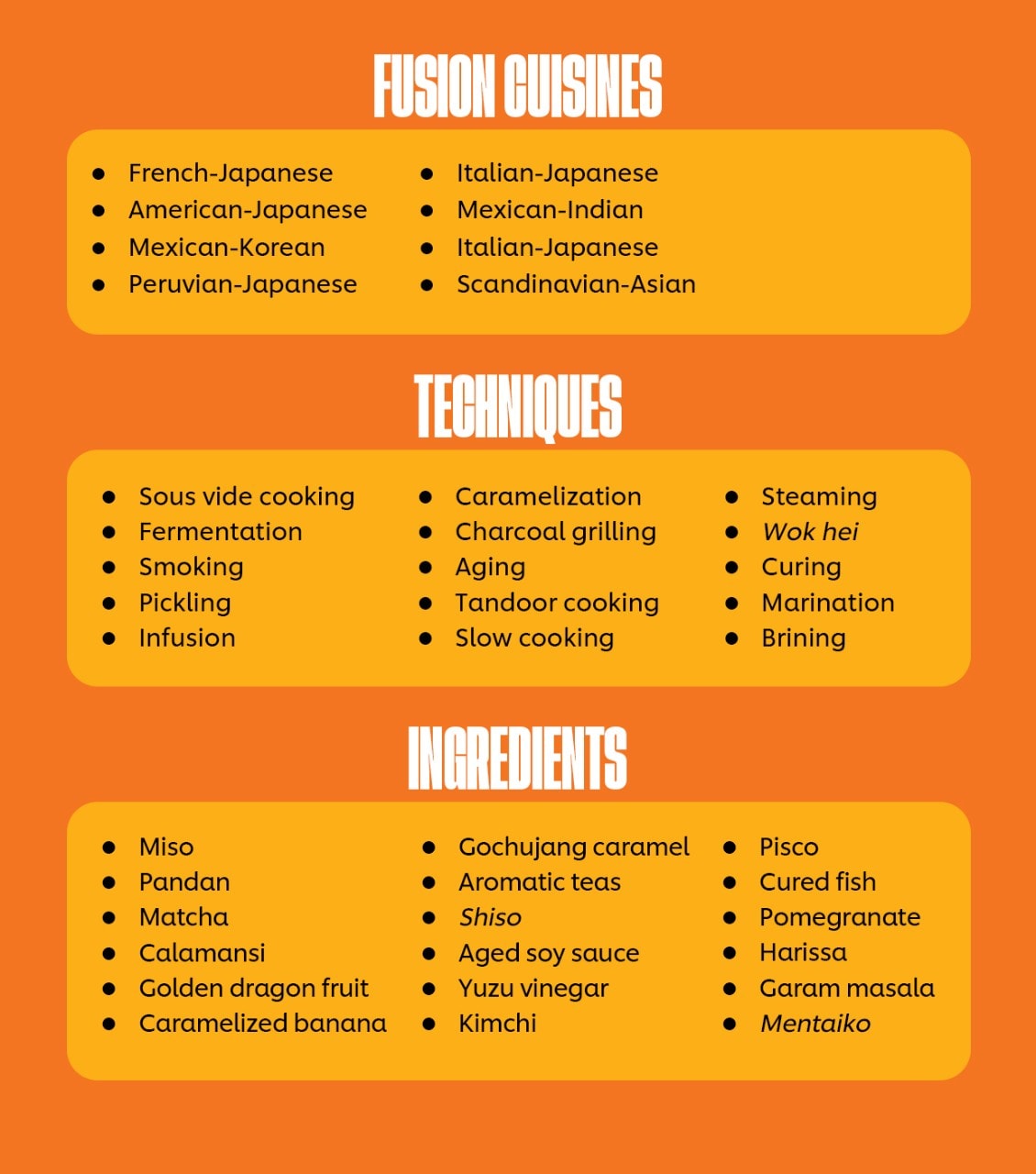
Borderless Cuisine showcases the evolution of food fusions driven by cultural exchanges and innovation. As barriers between traditional cuisines dissolve, endless opportunities for new culinary experiences arise. Embrace this trend to distinguish yourself in a competitive market and transform your menu into a celebration of global collaboration. For more inspiration and guidance on current food trends, download the Future Menus 2025 Report today




